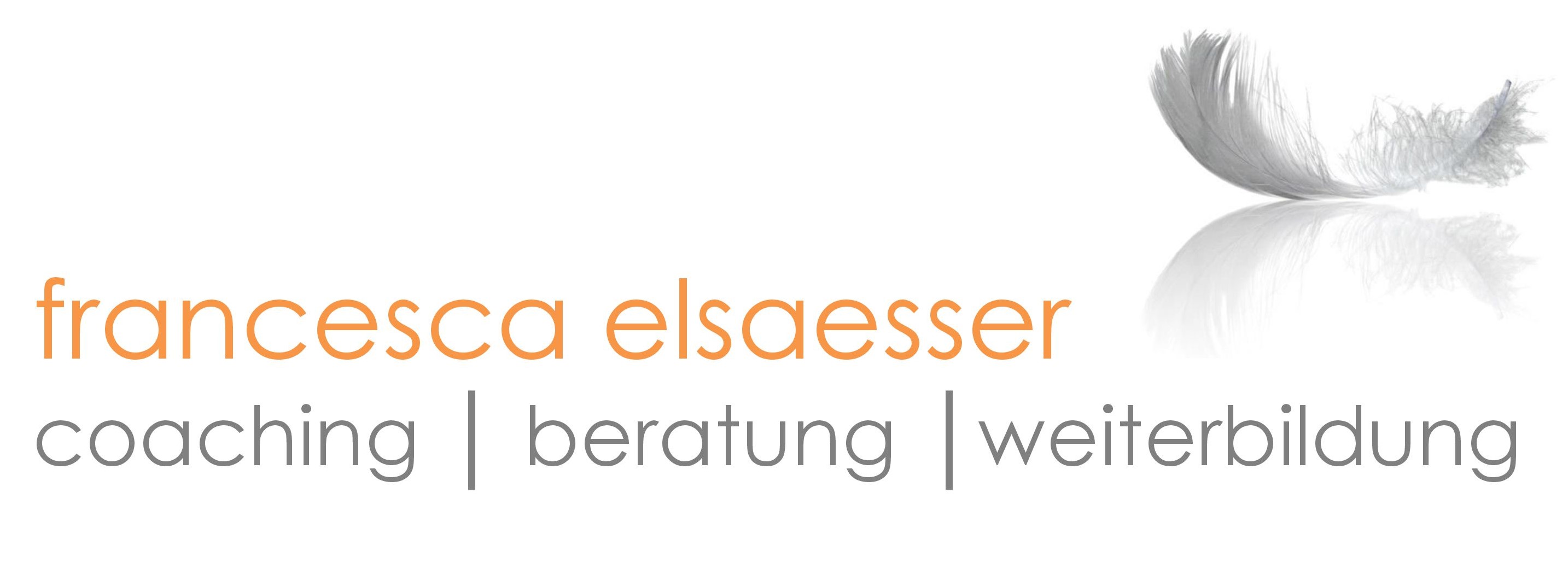How Does wingwave® Work?
Stress,
unpleasant memories of past events, or imagining future situations can
all act like a splinter in a wound that keeps the wound from healing:
The experience continues to have a negative effect on someone’s
well-being and impede his/her performance.
Everyone knows how it feels to be hurt, insulted, angry, embarrassed,
etc. Under normal circumstances these emotions fade and one “gets over
them." Thinking of the past event no longer causes an unpleasant
feeling. If this is not the case, e.g. if the “negative” emotions do not
fade, they are not completely processed (time has not “healed all
wounds”). The person is "stuck" in old conflicts which can lead to a
secondary problem in forms of thinking patterns like “Every time I do X, Y happens to me.” But why?
During moments of intense stress, both brain hemispheres no longer
cooperate in an optimal way. The flow in processing experiences and
emotions associated with those experiences is disrupted. The emotions
get "stuck." Under normal circumstances stressful events are being dealt
while sleeping. During the REM phase (Rapid Eye Movements) our eyes
move horizontally, and our stressful and traumatic experiences are
processed. Hence, it is the perfect self-healing procedure for emotional
upheaval.
The
increasing level of stress many people are exposed to every day keeps
them from processing stressful events during their sleep. Restless sleep
and sleeping pills can completely impede the important REM phase which
leads to a constant feeling of pressure and makes relaxation difficult
while awake. Emotions that are associated with certain events in the
past or with the idea of future events cannot be effectively processed.
The situation can be compared to a CD that has a scratch: the processing
gets stuck in the nervous system at a certain point.
Simulation of "Awake" REM Phases
wingwave
intervention actually simulates a REM phase while the client is awake.
The client’s eyes following the coach’s fingers waving in front of
his/her face and the "stuck" emotions begin to be processed at a rapid
rate. The eye movements – that can also be replaced by auditory or
tactile stimuli – allow the brain hemispheres to work together in a
coordinated way and the previously "stuck" emotions start to "move"
again. The mental block that was caused by extreme stress disappears.
During
this process the client may experience some intense feelings, but they
are perfectly endurable and do not last longer than a minute. As the
intervention completely reactivates the formerly blocked mental
capacities, it enables the brain to find its own creative solutions,
making use of its already existing resources. So the client can gain
some surprising wisdom and flashes of insight during the intervention.
The effects of wingwave coaching can be reinforced, if necessary, with the methods of NLP (Neuro Linguistic Programming).




